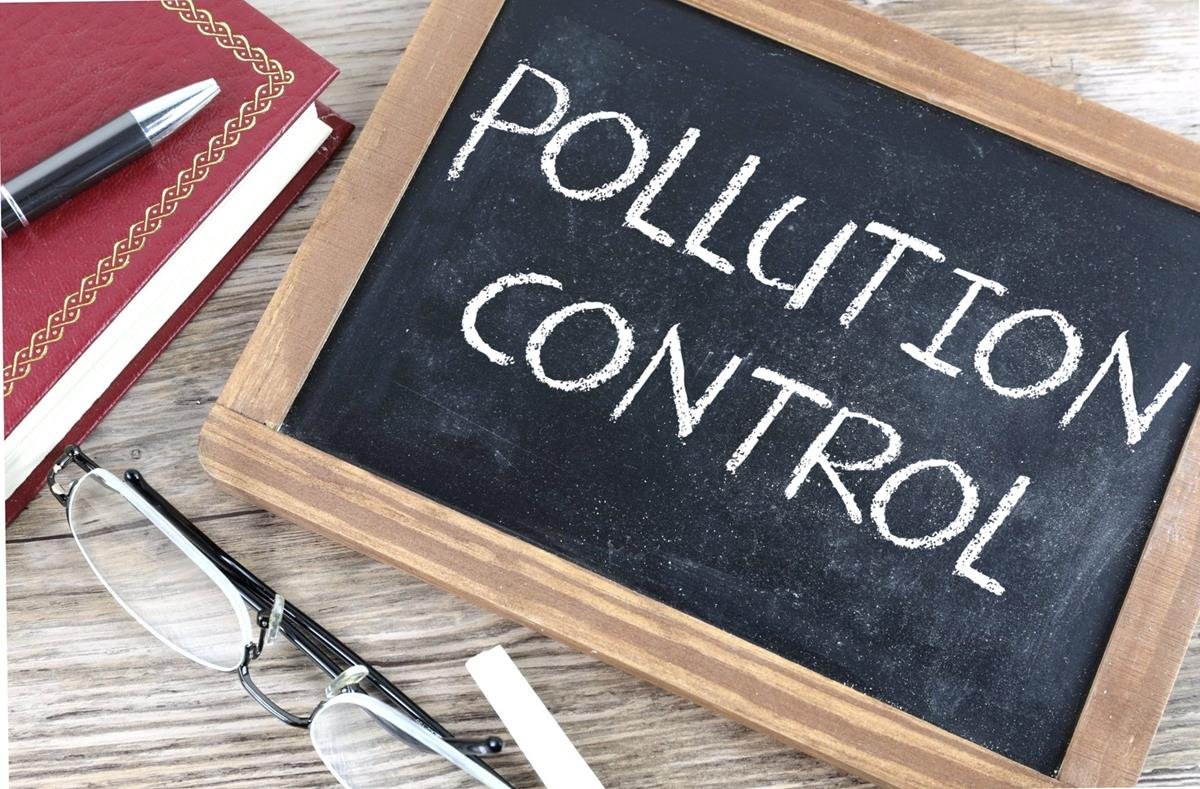Monthly Environmental Round-Up: January 2023
Monthly Environmental Roundup
January 2023
Frankie Lloyd
Pollution Control by Nick Youngson CC BY-SA 3.0 Alpha Stock Images - Creative Commons License
In our fast-paced world, with dozens of new stories making the headlines every hour, it is difficult to keep up with the news relevant to our work at Environment Care. Therefore, in this new blogging series, we will report on news stories from across the globe with the intent of inspiring discussions that can facilitate change in the field of environmental and chemical pollution.
December 20th 2022: Forever chemical conglomerate 3M announced that by 2025, they will completely stop their production of PFAS. The company has been making PFAS since 1945, during which time the company was partnered with the infamous DuPont who were creating teflon using PFOS/C-8. Waste from their factory was released into surrounding water networks which led to the death of local aquatic life and livestock. Workers at DuPont were also frequently birthing children with unexplainable birth defects. This led to a scandal, which resulted in the cessation of C-8 production. However, DuPont and 3M continued to produce Teflon using a new forever chemical known as Gen-X. Now, 3M has promised to stop manufacturing forever chemicals entirely, in a long-overdue landmark decision. Read their press release here.
December 21st 2022: Brady Seals and colleagues from the Rocky Mountain Institute published work concluding that in the United States, one in eight cases of childhood asthma is a result of exposure to gas stove pollution. Gas stoves are used in 35% of US households and are known to release toxic chemicals and carcinogens. This mixture of pollution can oftentimes be worse than outdoor traffic pollution or pollution from heavy industry. To find out more, read the journal here.
January 8th 2023: It was announced that single-use plastics will be banned in England from October 2023. This ban will see retailers and food vendors unable to provide any single-use plastic items (eg, polystyrene cups, plastic bowls, plastic cutlery, etc). This ban could drastically reduce England’s plastic pollution, as 1.1bn plastic plates and 4.25bn items of plastic cutlery will no longer be manufactured. However, many politicians and activists have vocalised that much more needs to be done to tackle the overall issue of plastic pollution in the United Kingdom, especially considering that the ban does not halt production of single-use plastics used for other purposes. You can read the ban for yourself on the Government website.
January 13th 2023: Promising proposals were submitted to US congress that would have regulated exposure to toxic PFAS, but failed to be carried forward. Over 50 bills submitted to congress last session which focused on PFAS, some of which proposed bans of PFAS in food packaging, textiles and makeup whilst others introduced stricter cleanup standards. One such bill was the PFAS Action Act of 2021 which would have ensured PFAS limitation and remediation. However this bill, among the majority of the remaining PFAS bills, were not supported in the most recent US Congress Session after failing to gather enough Republican support.
January 17th 2023: The Environmental Working Group (EWG) published a map highlighting the locations in the United States that are known to be contaminated with the forever chemical PFAS. The map, based on data from the Environmental Protection Agency, was constructed by analysing the levels of PFAS in freshwater fish present in bodies of water nationwide. This map concluded that 2,858 locations across the U.S were contaminated with PFAS, with contamination at its highest in the Great Lakes region, where freshwater fish contained an average of 11,800 nanograms of PFAS per kilogram - 24.2% higher than the national average. The EWG reported that with these high levels of PFAS, eating one PFAS-contaminated freshwater fish per month could be the equivalent to drinking a glass of water with very high levels of PFOs. To read more and view the interactive PFAS map, visit the Environmental Working Group’s website.
January 23rd 2023: Continuing on the thread of maps to tackle pollution, Thames Water released an interactive map pinpointing which bodies of water in England are currently experiencing raw sewage discharges in live-time. Thames Water set up Event Duration Monitors (EDM) assessing water quality at each of their storm overflow pipes, which feed back live information if the readings suggest raw effluent is being discharged into the local rivers and water networks. Storm overflow pipes are designed to release excess wastewater in the risk of a flood from heavy rain and adverse weather. The map is hoped to raise public consciousness regarding the levels of pollution in our water. To view the map for yourself, visit the Thames Water website.

